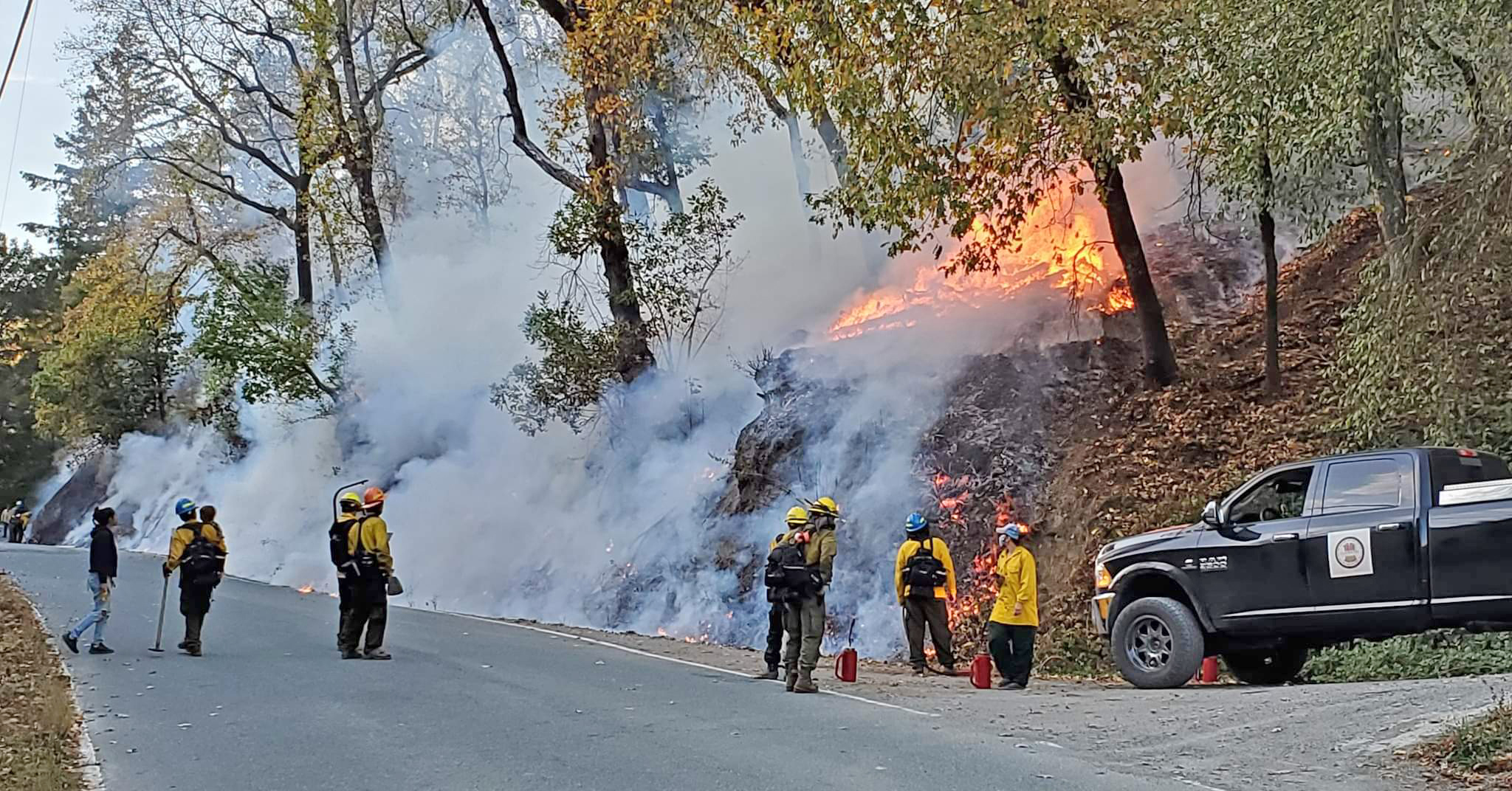
Fall 2021 ForestLife
Diverse Voices Join to Support Resilient Forests and Communities
California’s massive fires of 2017-2021 illustrated the need for a new approach to improve fire safety and resilience in both forests and communities.
Those fires also illustrated that many impacted stakeholders and communities were not at the policy table driving responses and solutions, often lacking those most impacted by wildfire, smoke, and the extreme heat of fire weather. So, in 2020, PFT significantly broadened its outreach to a number of those stakeholders to build a stronger suite of voices speaking to the needs for both a new approach to, and increased investment in, building resilience into communities and forest landscapes to reduce fire risk.
Since then, PFT has been working with and convening a diverse group of new voices — including Tribes, environmental justice groups, public health advocates, ranchers, agricultural groups, and regional governmental entities. These add to the strong, more traditional, fire management voices of scientists, conservationists, and land managers working to identify needs, coordinate efforts, and advance a suite of shared priorities to improve fire policy.
Recommended actions to improve wildfire behavior included restoring more natural resilience to forests and landscapes, conserving large landscapes where fire itself can naturally maintain a lower risk condition, mitigating impacts of intense smoke and heat on outdoor workers and people who cannot escape smoke impacts in their own homes, and home hardening for unsafe housing.

California needs to restore over 20 million acres of forest to make our landscapes safe for “good fire.”
Both traditional fire management tools, like mechanical thinning and, importantly, new tools, such as the use of “good fire” — both prescribed and cultural — were identified as key actions.
And, in September, we saw the results of this expanded coalition work. California made major investments consistent with our priorities. Combined with the early budget investments, there is now roughly $1.5 billion for forest improvement programs, prescribed burning, protecting communities, and “hardening” homes. Additional investments were made for community resilience centers providing refuge from smoke and heat, and funding to help seal homes to exclude smoke and heat.
Our broad-based push to expand the use of prescribed and cultural fire had other big wins, including legislation to reduce burner liability for those rare case where a well-conducted, permitted burn by a licensed burn-boss, or cultural fire by a tribal burner, becomes a wildfire. And a new state-backed Prescribed Fire Claims Fund makes fire insurance more affordable and available. These actions remove obstacles to using “good fire”, which is a less expensive and more effective approach to reducing broad fire risk and restoring resilience than fire suppression alone.
This diverse coalition has advanced real gains and historic investments; PFT is committed to supporting and expanding the coalition.
